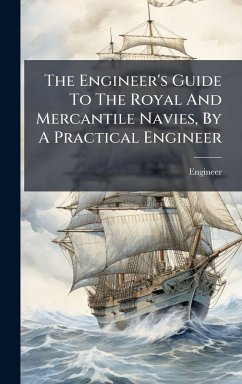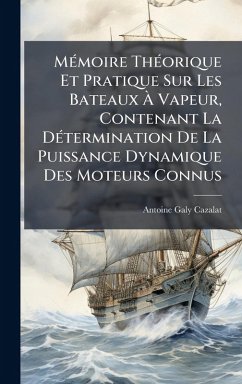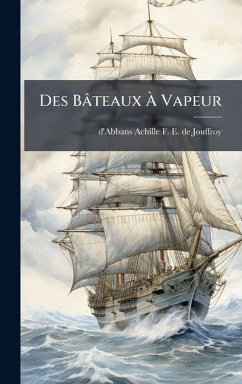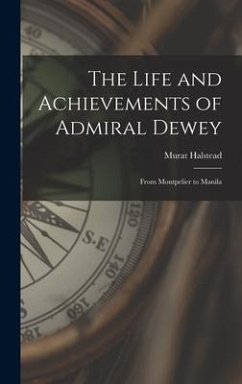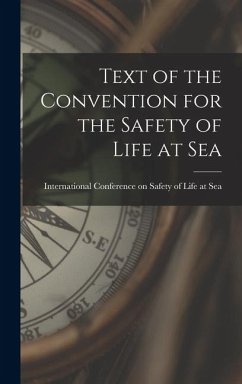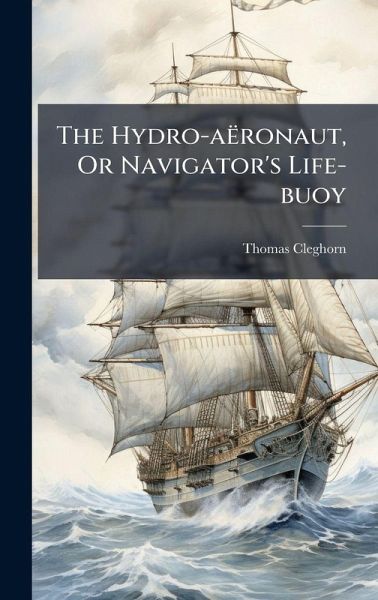
The Hydro-aëronaut, Or Navigator's Life-buoy
Versandkostenfrei!
Versandfertig in über 4 Wochen
28,99 €
inkl. MwSt.
Weitere Ausgaben:

PAYBACK Punkte
14 °P sammeln!
The Hydro-aëronaut, Or Navigator's Life-buoy, by Thomas Cleghorn, presents an "easy and effectual method of preventing the loss of lives by drowning, in cases of shipwreck, and others." This historical treatise details an innovative life-saving device intended to improve maritime safety. Cleghorn's work offers insights into 19th-century approaches to nautical engineering and shipwreck prevention. It provides a fascinating glimpse into the historical context of maritime travel and the challenges faced by navigators. This work has been selected by scholars as being culturally important, and is ...
The Hydro-aëronaut, Or Navigator's Life-buoy, by Thomas Cleghorn, presents an "easy and effectual method of preventing the loss of lives by drowning, in cases of shipwreck, and others." This historical treatise details an innovative life-saving device intended to improve maritime safety. Cleghorn's work offers insights into 19th-century approaches to nautical engineering and shipwreck prevention. It provides a fascinating glimpse into the historical context of maritime travel and the challenges faced by navigators. This work has been selected by scholars as being culturally important, and is part of the knowledge base of civilization as we know it. This work was reproduced from the original artifact, and remains as true to the original work as possible. Therefore, you will see the original copyright references, library stamps (as most of these works have been housed in our most important libraries around the world), and other notations in the work. This work is in the public domain in the United States of America, and possibly other nations. Within the United States, you may freely copy and distribute this work, as no entity (individual or corporate) has a copyright on the body of the work. As a reproduction of a historical artifact, this work may contain missing or blurred pages, poor pictures, errant marks, etc. Scholars believe, and we concur, that this work is important enough to be preserved, reproduced, and made generally available to the public. We appreciate your support of the preservation process, and thank you for being an important part of keeping this knowledge alive and relevant.



